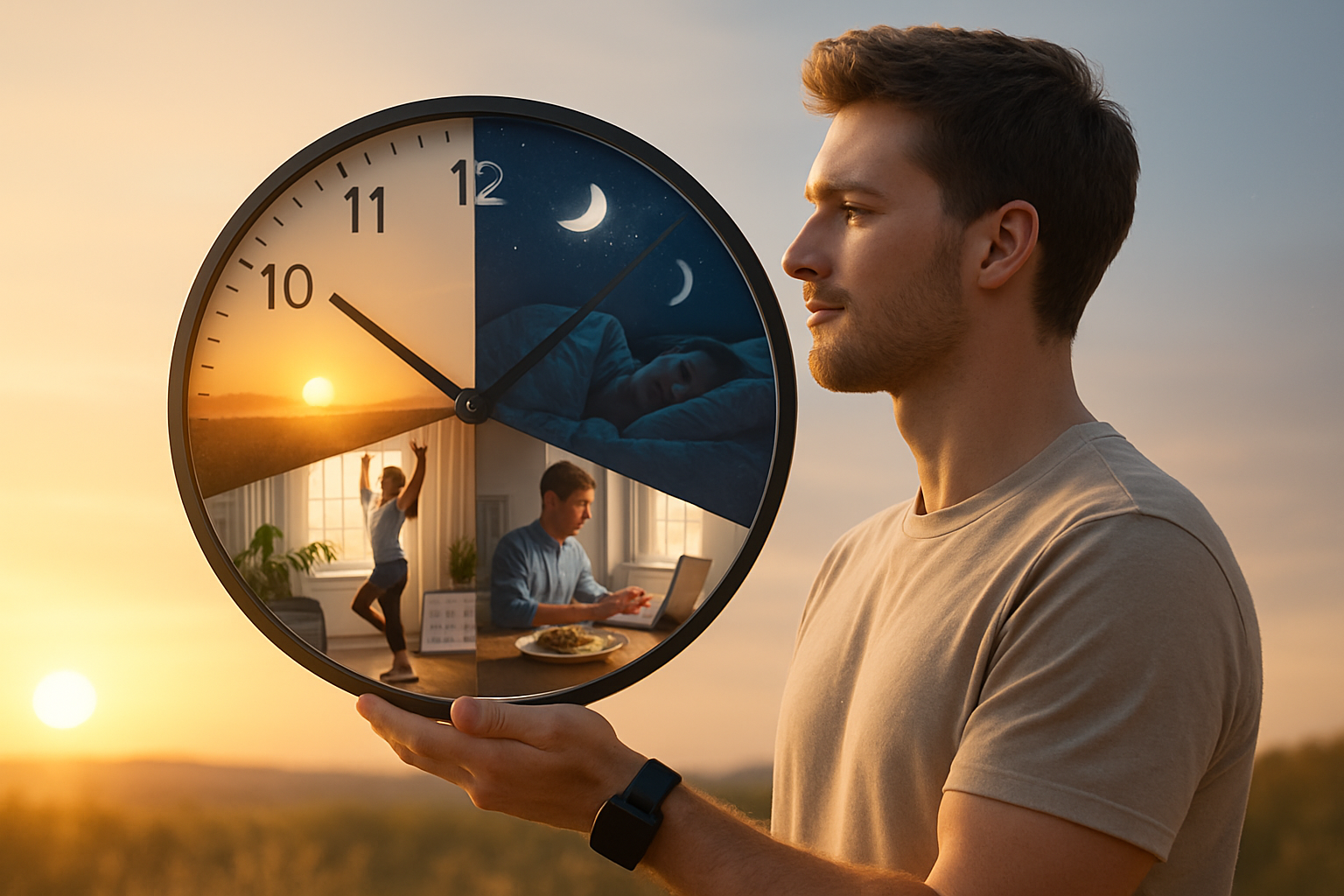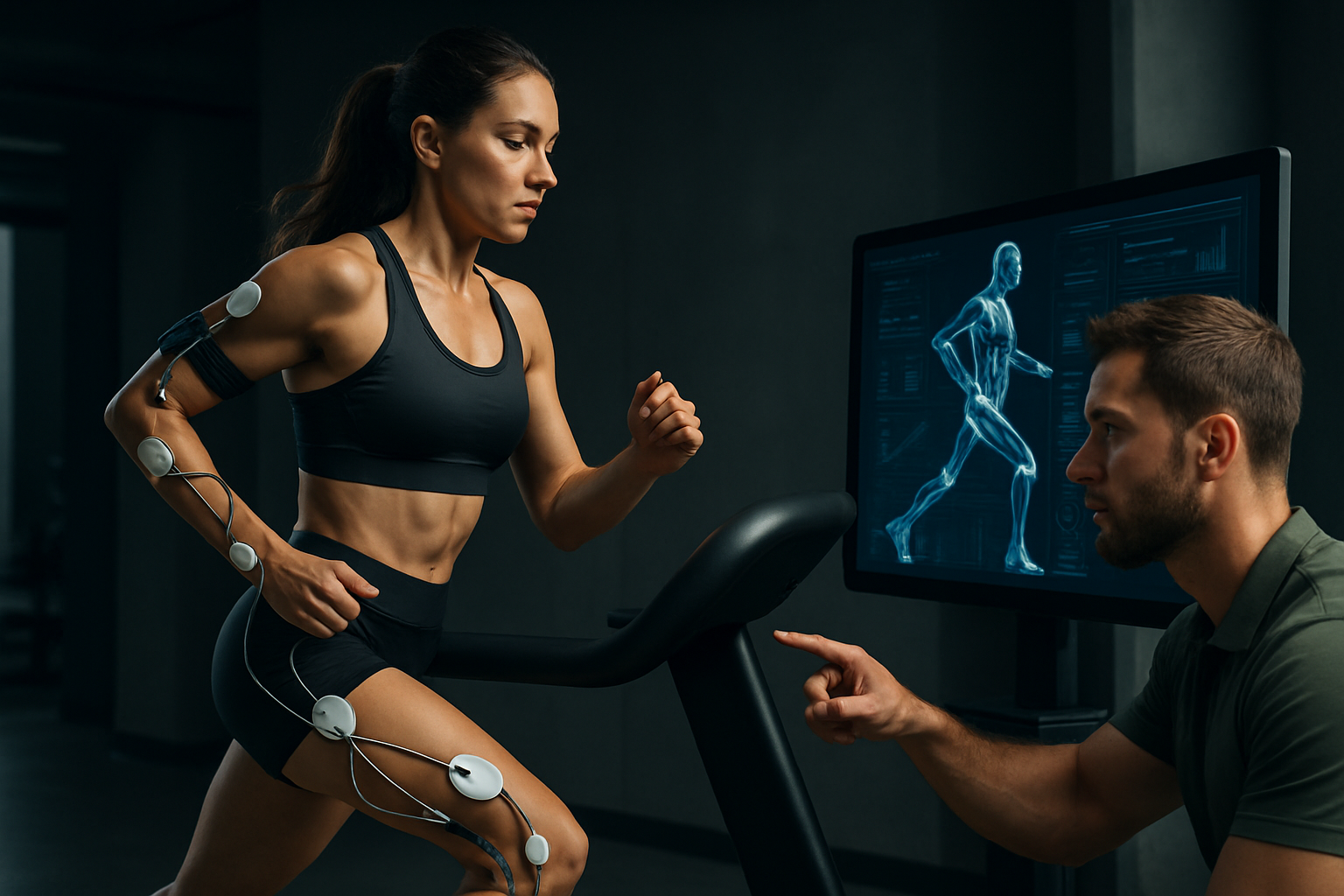Chronosyncing: Aligning Lifestyle with Natural Rhythms for Optimal Health
Can you imagine a world where your daily routine perfectly aligns with your body's natural rhythms, enhancing your energy, productivity, and overall well-being? Welcome to the fascinating realm of chronosyncing, a cutting-edge approach to health that's revolutionizing how we think about time and wellness.

The Science Behind Chronosyncing
At the heart of chronosyncing lies the complex network of biological clocks that regulate various physiological processes in our bodies. These clocks, governed by the master circadian clock in the brain’s suprachiasmatic nucleus, orchestrate a symphony of hormonal and metabolic fluctuations throughout the day.
Research in chronobiology has revealed that nearly every cell in our body contains its own molecular clock, influencing everything from gene expression to enzyme activity. By aligning our behaviors with these natural rhythms, we can potentially enhance our body’s efficiency in carrying out essential functions, leading to improved health outcomes.
The Impact of Modern Lifestyles on Circadian Rhythms
Our ancestors lived in harmony with nature’s cycles, rising with the sun and retiring at dusk. However, modern life has disrupted this natural synchronization. Artificial lighting, 24/7 connectivity, and irregular schedules have led to what chronobiologists term circadian misalignment.
This misalignment has been linked to a host of health issues, including sleep disorders, metabolic dysfunction, mood disturbances, and even increased risk of chronic diseases. Chronosyncing aims to counteract these effects by reestablishing harmony between our external activities and internal biological rhythms.
Practical Applications of Chronosyncing
Implementing chronosyncing into daily life involves more than just adjusting bedtimes. It requires a comprehensive approach to timing various aspects of our routines:
Meal Timing: Emerging research suggests that when we eat may be just as important as what we eat. Chronosyncing advocates for time-restricted feeding windows that align with our body’s natural metabolic peaks.
Exercise Scheduling: Our body’s response to physical activity varies throughout the day. Chronosyncing helps identify optimal times for different types of exercise, potentially enhancing performance and recovery.
Work and Productivity: By understanding our cognitive peaks and troughs, we can schedule demanding tasks during periods of heightened alertness and creativity.
Light Exposure: Strategic exposure to natural light and minimizing artificial light at night can help reinforce our circadian rhythms, improving sleep quality and daytime alertness.
Challenges and Considerations in Chronosyncing
While the concept of chronosyncing is promising, implementing it in real-world scenarios can be challenging. Social obligations, work schedules, and family responsibilities often conflict with our biological rhythms. Moreover, individual variations in chronotypes (whether someone is naturally a “morning lark” or a “night owl”) add another layer of complexity.
Researchers are exploring ways to make chronosyncing more adaptable to diverse lifestyles. This includes developing personalized chronotype assessments and creating flexible strategies that can be tailored to individual circumstances.
The Future of Chronosyncing in Health and Wellness
As our understanding of chronobiology deepens, the potential applications of chronosyncing continue to expand. From personalized medicine that considers the timing of drug administration to workplace policies that accommodate diverse chronotypes, the implications are far-reaching.
Wearable technology and AI-driven apps are emerging as valuable tools in this field, offering real-time tracking of personal rhythms and providing tailored recommendations for optimizing daily routines.
Chrono-Wisdom: Timing Tips for Better Health
-
Morning light exposure within 30-60 minutes of waking helps reset your circadian clock
-
Aim to eat your largest meal when your metabolism is most active, typically midday
-
Schedule high-intensity workouts for late afternoon when body temperature and muscle strength peak
-
Wind down electronic use 2-3 hours before bedtime to support natural melatonin production
-
Consider your chronotype when planning important tasks or meetings for optimal performance
In conclusion, chronosyncing represents a paradigm shift in our approach to health and wellness. By aligning our lifestyles with our body’s natural rhythms, we have the potential to unlock new levels of vitality, productivity, and overall well-being. As research in this field progresses, chronosyncing may become an integral part of personalized health strategies, offering a harmonious path to optimal living in our fast-paced world.





